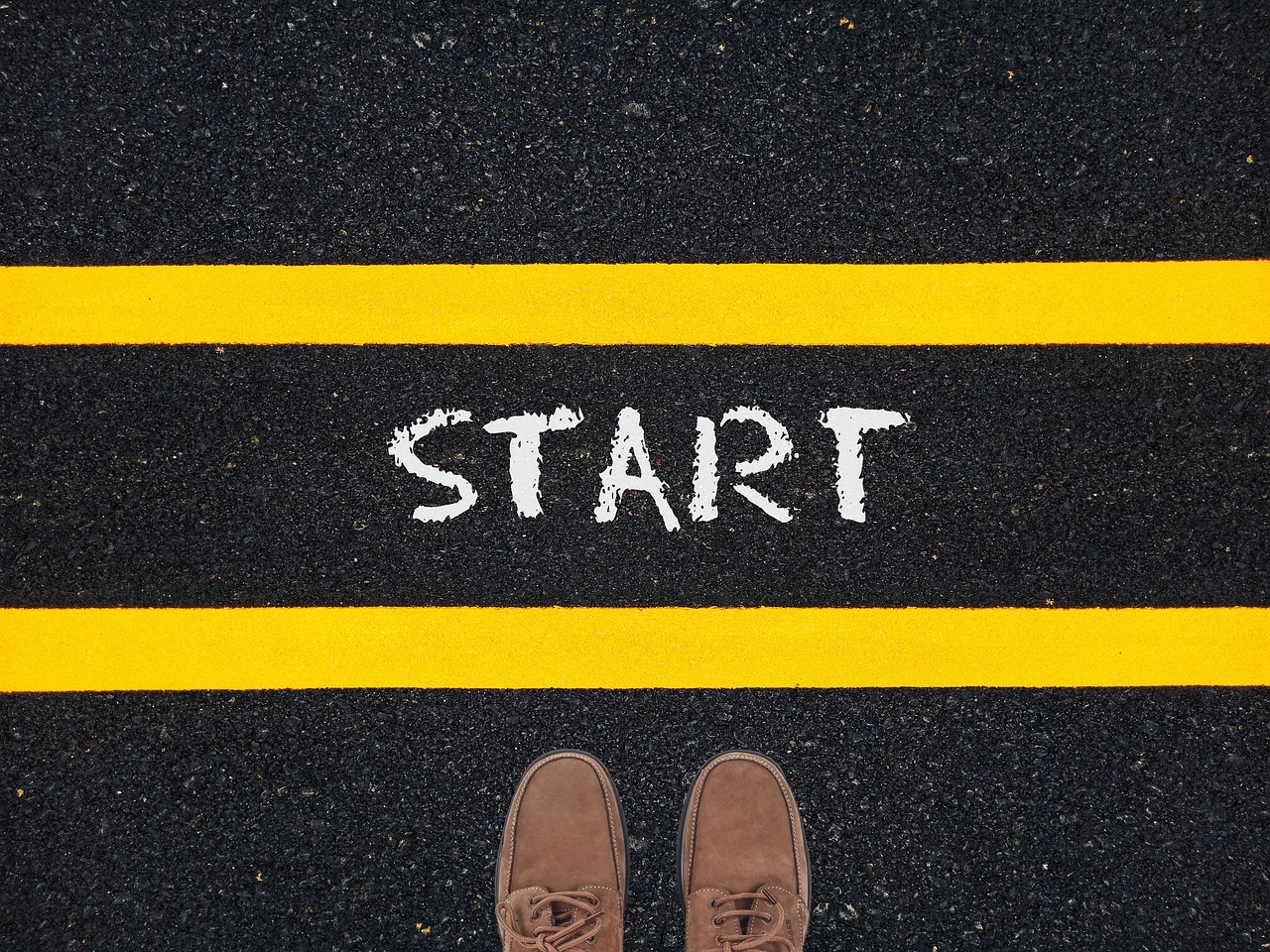Customer onboarding best practices are critical for customer journeys that set the foundation for long-term loyalty and business success. Customer onboarding is the process through which new customers are introduced, educated, and engaged with your product or service to ensure they realize value quickly and feel confident in their decision. At WATC Consulting AG, we emphasize that a well-designed onboarding experience is not just a task but a strategic opportunity to deepen customer relationships, reduce churn, and increase lifetime value.
WHY CUSTOMER ONBOARDING MATTERS
Onboarding is the first real interaction customers have after purchase, and it shapes their perception of your brand. A seamless and personalized onboarding experience reduces frustration, accelerates time-to-value, and fosters trust. Companies that neglect onboarding risk losing customers early, despite having invested heavily in acquisition. Effective onboarding bridges the gap between marketing promises and actual product usage, turning new customers into loyal advocates.
BEST PRACTICES FOR EFFECTIVE CUSTOMER ONBOARDING
- Create a Structured Onboarding Program
Develop a clear, step-by-step onboarding journey tailored to your customer segments. This includes setting expectations, defining milestones, and providing relevant resources that guide customers through initial setup and usage. - Personalize the Experience
Use customer data and insights to customize onboarding activities. Personalization increases engagement by addressing specific needs, preferences, and pain points, making customers feel valued and understood. - Communicate Clearly and Frequently
Maintain open, proactive communication through multiple channels – e.g., emails, in-app messages, or personal calls – to keep customers informed and supported throughout their onboarding journey. - Leverage Automation Wisely
Automate repetitive tasks such as welcome emails, surveys, and follow-ups to improve efficiency, but balance automation with human touchpoints to maintain authenticity and responsiveness. - Involve Your Team
Ensure that sales, customer success, and support teams collaborate closely to deliver a consistent onboarding experience. Training and alignment across teams are essential for seamless handoffs and issue resolution. - Measure and Optimize Continuously
Track onboarding metrics like time-to-first-value, customer satisfaction, and churn rates. Use feedback loops to identify friction points and continuously refine the onboarding process.
THE STRATEGIC IMPACT OF ONBOARDING
A best-in-class onboarding process not only reduces churn but also drives higher customer lifetime value and advocacy. It transforms a transactional relationship into a partnership, setting the stage for upselling, cross-selling, and long-term growth.




